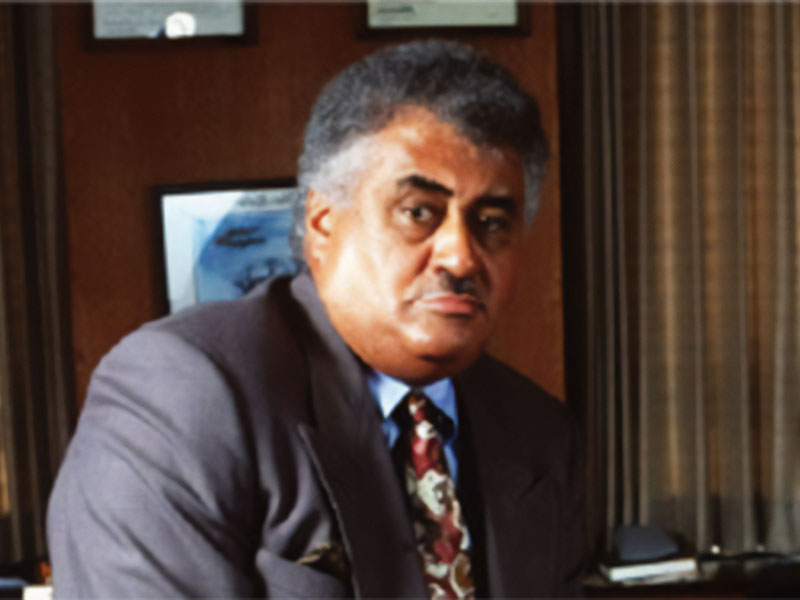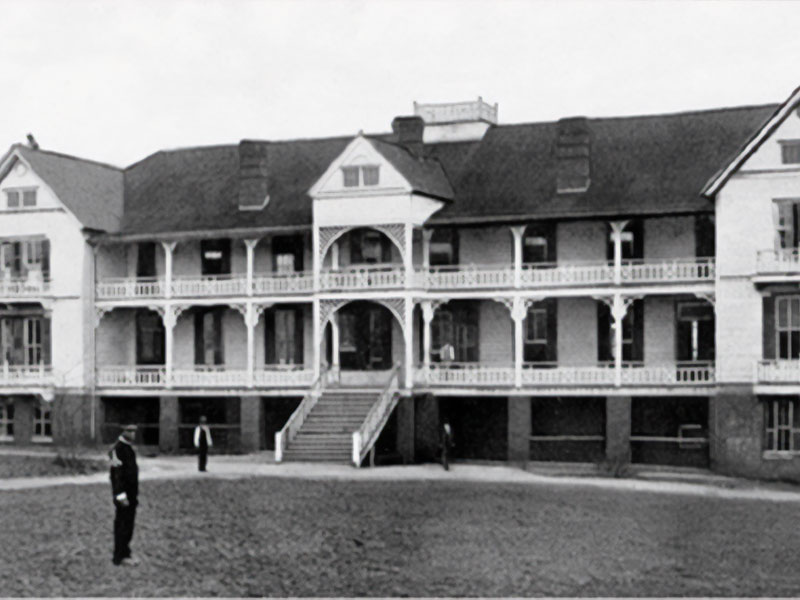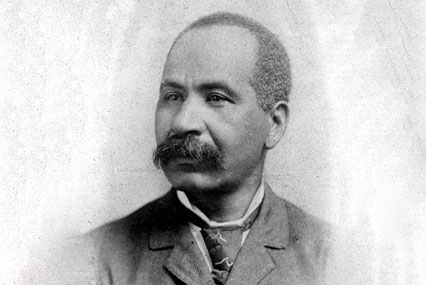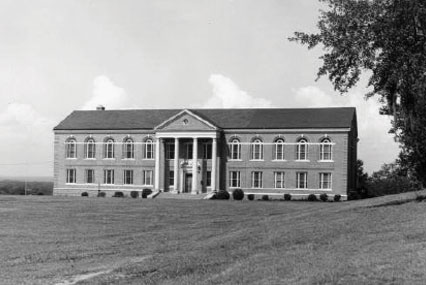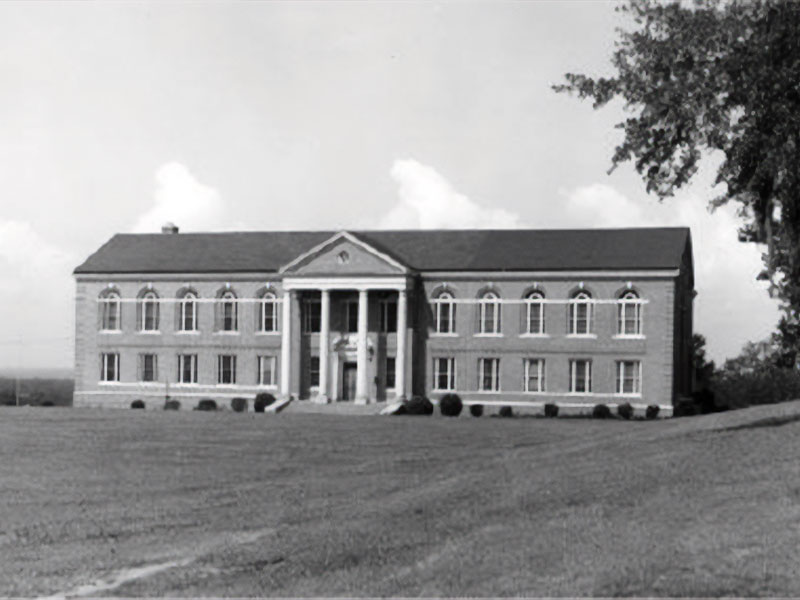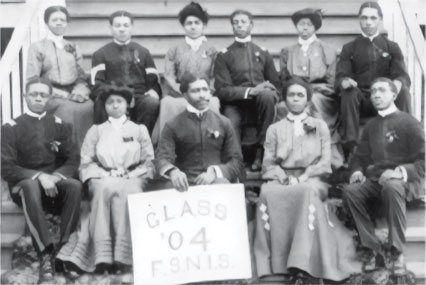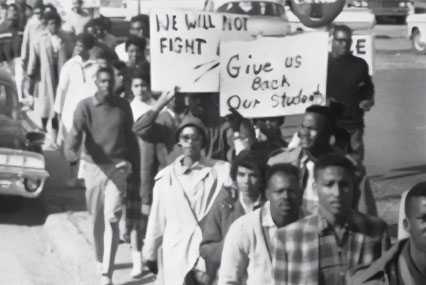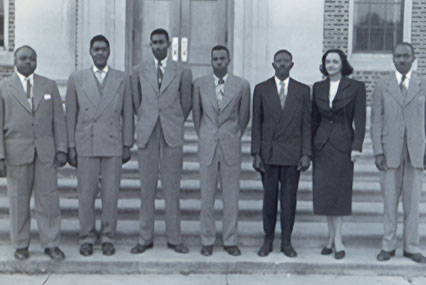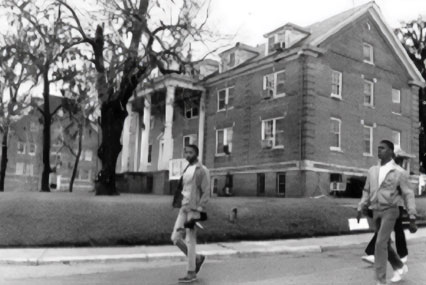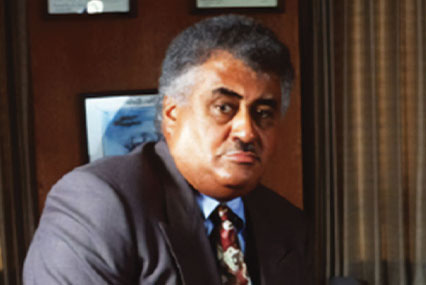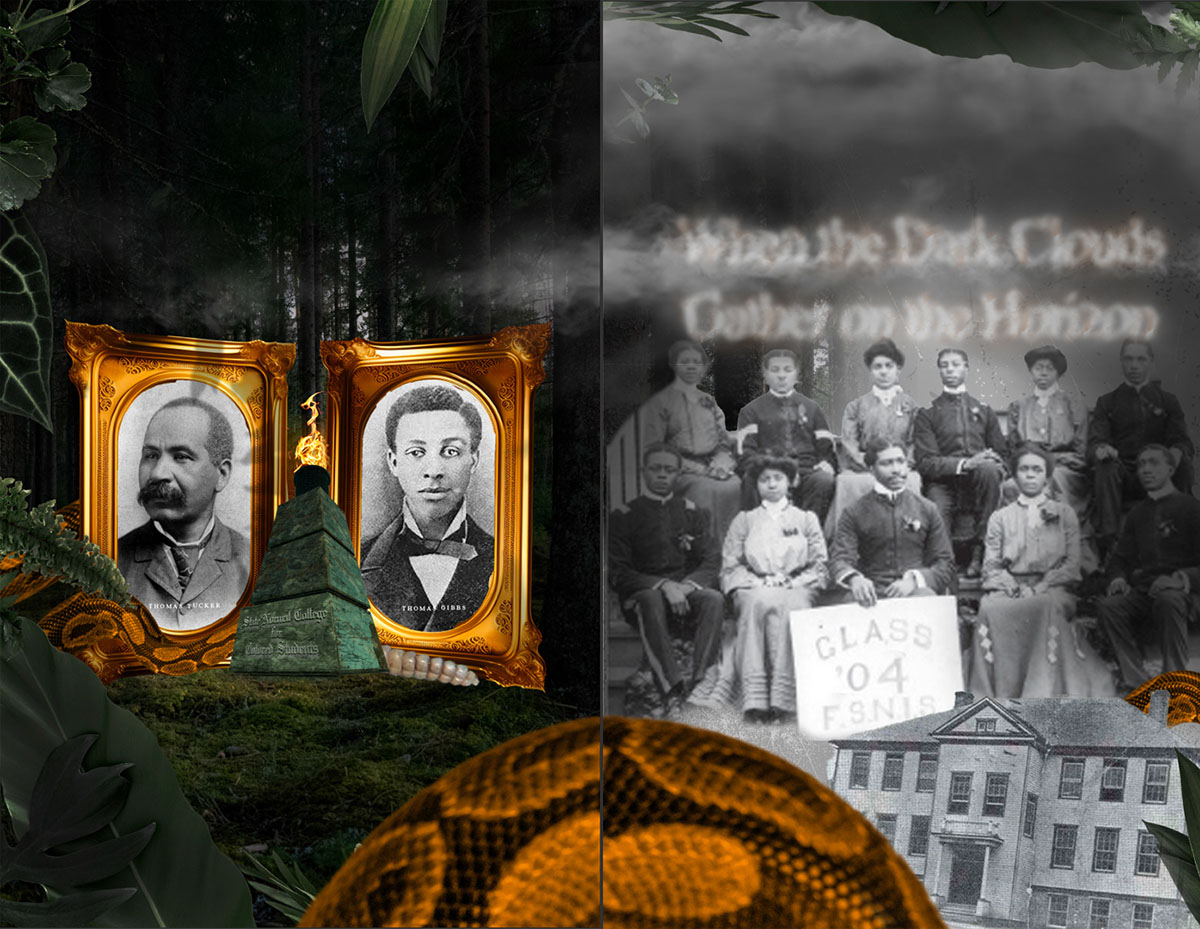History of Florida A&M University
Every university has a history, but few have a history as unique and impressive as ours. For more than 130 years, Florida A&M University has served the citizens of the State of Florida and the nation through its provision of preeminent educational programs...programs that were the building blocks of a legacy of academic excellence with caring. FAMU, “Florida’s Opportunity University,” is committed to meeting the challenges and needs of future generations.
13 presidents, 8 interim presidents, and 135+ years of excellence.
Taking A Look Back: Our history reaches deep into Florida’s past. 11 presidents, 7 interim presidents, and 130+ years of excellence
Marva Johnson, J.D.

-
Marva Johnson, J.D., MBA, is the thirteenth president of Florida Agricultural and Mechanical University (FAMU) and a tenured professor in the University’s College of Law. President Johnson assumed the presidency on August 1, 2025, as a distinguished leader in business, legislative affairs, and public education policy.
Become Living History
One of the best ways to determine if a university is right for you is to visit the campus. We offer campus tours to provide students and their families as well as high school and/or community groups a better understanding of campus life.
We're thrilled that you're applying to Florida A&M University! We offer 54 bachelor's degrees, 29 master's degrees, three professional degrees, and twelve doctoral degrees. Find one that helps you accomplish your goals.




